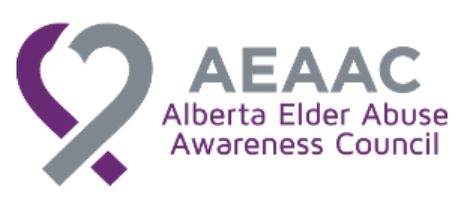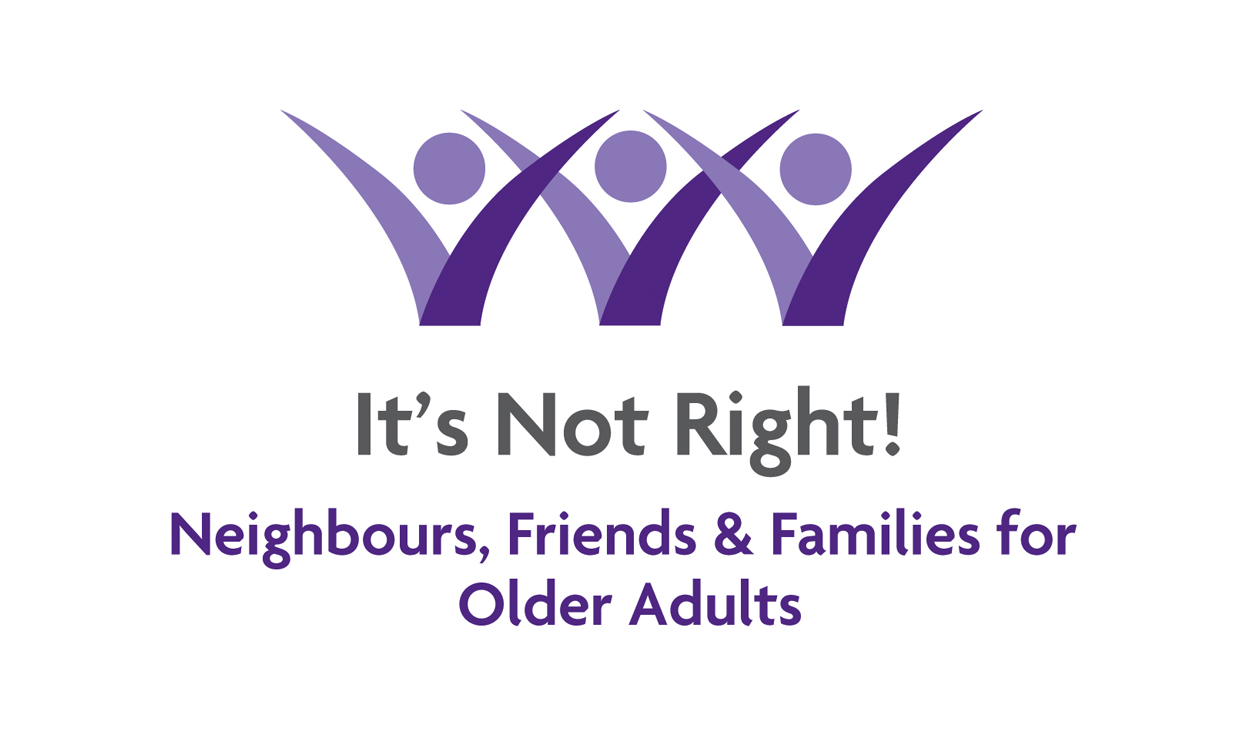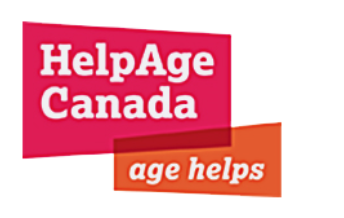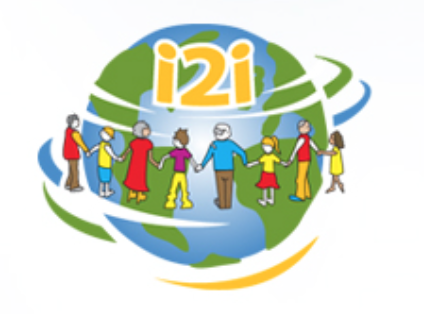Blog
- Details
By Heather Campbell
In recent months, organizations and advocates have intensified their calls for a National Seniors Strategy. In particular, the Canadian Medical Association (CMA), under the tireless leadership of Dr. Chris Simpson, has spearheaded a public campaign to encourage the development of a national strategy on seniors care. Similarly, Dr. Samir Sinha and his team have established a website which aims to provide an evidence-based approach to such a strategy.
- Details
By Fabien Pernet
Back in 2006, the International Network for the Prevention of Elder Abuse designated June 15th as World Elder Abuse Awareness Day (WEAAD). Only three years later, the campaign was initiated in Nunavik, homeland of the Inuit of Quebec. To this day, the Nunavik Regional Board of Health and Social Services have partnered up with the Kativik Regional Government and initiated six consecutive WEAAD campaigns. These campaigns have proven very effective to raise awareness about elder abuse, as this phenomenon is new amongst Inuit. Not that Elders had been immune to abuse in the past, but elder abuse is a more recent symptom of a social fabric damaged by 20th century colonial policies. WEAAD is now a well-established opportunity for Nunavik Elders to reclaim respect, and for communities to develop culturally appropriate ways to prevent elder abuse.
- Details
By Mary Schulz
Imagine this...
You are an 87 year-old widowed woman living in a nursing home. You have a form of dementia. Imagine that you believe you are 23 years old, living with your husband and 10 month-old baby.
You awake from a nap to find that you are in a strange house.
- Details
Loneliness has been identified as a risk factor for financial elder abuse, including telemarketing scams, securities fraud and predatory marriages. Some research suggests that lonely older people may be more susceptible to financial scams because they are more willing to let strangers into their home or talk to them on the phone, sometimes just for conversation’s sake.
- Details
Interview with Raza M. Mirza, PhD
Network Manager
National Initiative for the Care of the Elderly (NICE)
How is your event geared towards knowledge exchange?
The National Initiative for the Care of the Elderly (NICE), a Canadian charitable organization housed at the Institute for Life Course and Aging at the University of Toronto, is recognized internationally as a leader in knowledge mobilization and exchange. The Annual NICE Knowledge Exchange, the cornerstone of the knowledge mobilization strategy at NICE, is not a typical scientific conference; instead, it is a unique one-day event that offers delegates the opportunity to participate in hands-on training sessions and to participate in dialogues with experts in areas of their interest. It is a broadly multidisciplinary and intersectoral event that encourages the networking of delegates across a broad range of disciplines as well as creating links between research creators and research users, both in practice and in the community. As such, the research mobilized at the Exchange represents a number of different understandings and perspectives on issues that impact seniors. The concept of knowledge mobilization, at its very core, is about bidirectional flow of knowledge and information, and to this end, the event is a true knowledge exchange event that encompasses both knowledge dissemination as well as training in knowledge mobilization.
Page 49 of 55

















